Welcome to the world of Blockchain Technology! As we stand at the forefront of a digital revolution, this textbook aims to be your comprehensive guide to understanding the intricacies, applications, and potential impact of blockchain technology.
The advent of blockchain has ushered in a new era of decentralized and secure transactions, challenging traditional models of trust and transparency. Whether you are a student, a professional seeking to enhance your skills, or an enthusiast eager to explore the depths of this transformative technology, this book is designed to provide you with a solid foundation and a nuanced understanding of blockchain and its myriad applications.
Key Features:
Introduction to Blockchains: This chapter We start by demystifying the core concepts of blockchain technology, including distributed ledgers, consensus mechanisms, and cryptographic principles.Delve into the technical aspects of blockchain with a detailed exploration of various blockchain platforms, smart contracts, and the underlying cryptographic protocols
Cryptographic Data Structures: This chapter provides an overview of how cryptographic hash functions, hash pointers, Merkle trees, and digital signatures, particularly the public-key variant, are essential tools in the creation and security of decentralized ledgers, ensuring integrity and authenticity in blockchain transactions.
Bitcoin System: This chapter we highlight the different safety checks that users can perform to prevent any form of cheating. This leads to the notion of validating a block. We argue that validating blocks is storage and computation intensive process and show how Bitcoin can support light clients that perform a limited extent of validation. Finally, we take a high-level view and discuss how a block chain can act as a distributed computer, running arbitrary programs termed as smart contracts.
Scaling Throughput in Bitcoin: This chapter discusses the challenges associated with scaling Bitcoin’s throughput while maintaining high security and introduces three major efforts (GHOST, Bitcoin-NG, and Prism) with varying degrees of success. It emphasizes that Prism, due to its separation of proposer and transaction blocks coupled with cryptographic sortation, stands out as a more resilient solution with throughput limitations primarily determined by network capacity.
Emerging Trends: This chapter Stay abreast of the latest developments and emerging trends in blockchain technology. These applications demonstrate the versatility and potential of blockchain technology in reshaping traditional systems across various sectors. As the technology continues to evolve, new and innovative use cases are likely to emerge.
Who this Book is for: This textbook is suitable for students pursuing courses in computer science, information technology, business, finance, and related fields. Professionals seeking to deepen their knowledge of blockchain technology and its applications will also find this book invaluable. No prior experience with blockchain is assumed, making this an accessible resource for beginners while offering depth for those with some familiarity.
How to use this Book: Each chapter is designed to build upon the previous one, creating a logical progression that facilitates a thorough understanding of blockchain concepts. Exercises and case studies are included to reinforce learning, and a comprehensive glossary is provided for quick reference.
Embark on this journey with us as we explore the transformative power of blockchain technology. Whether you are a student, educator, or industry professional, we hope this textbook serves as a valuable resource in unlocking the potential of blockchain and inspiring innovative solutions in the ever-evolving digital landscape.

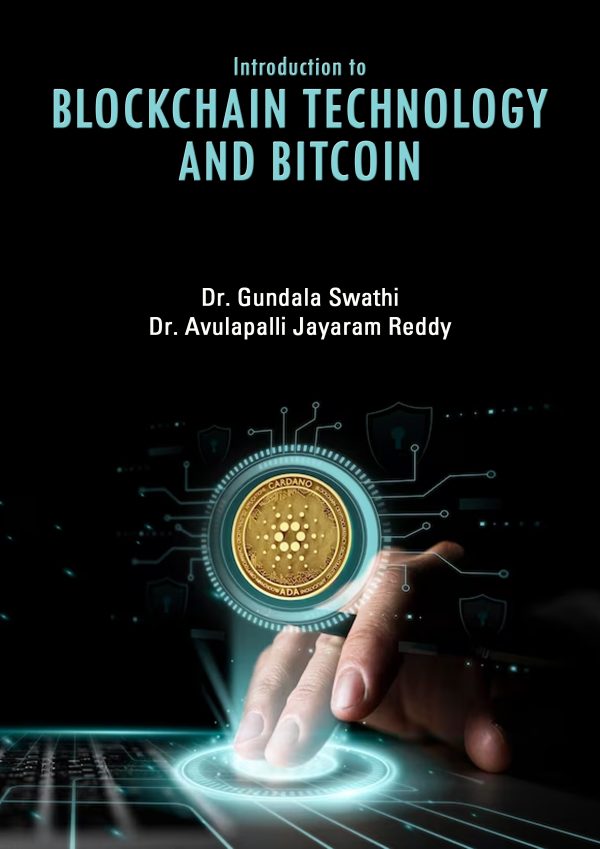

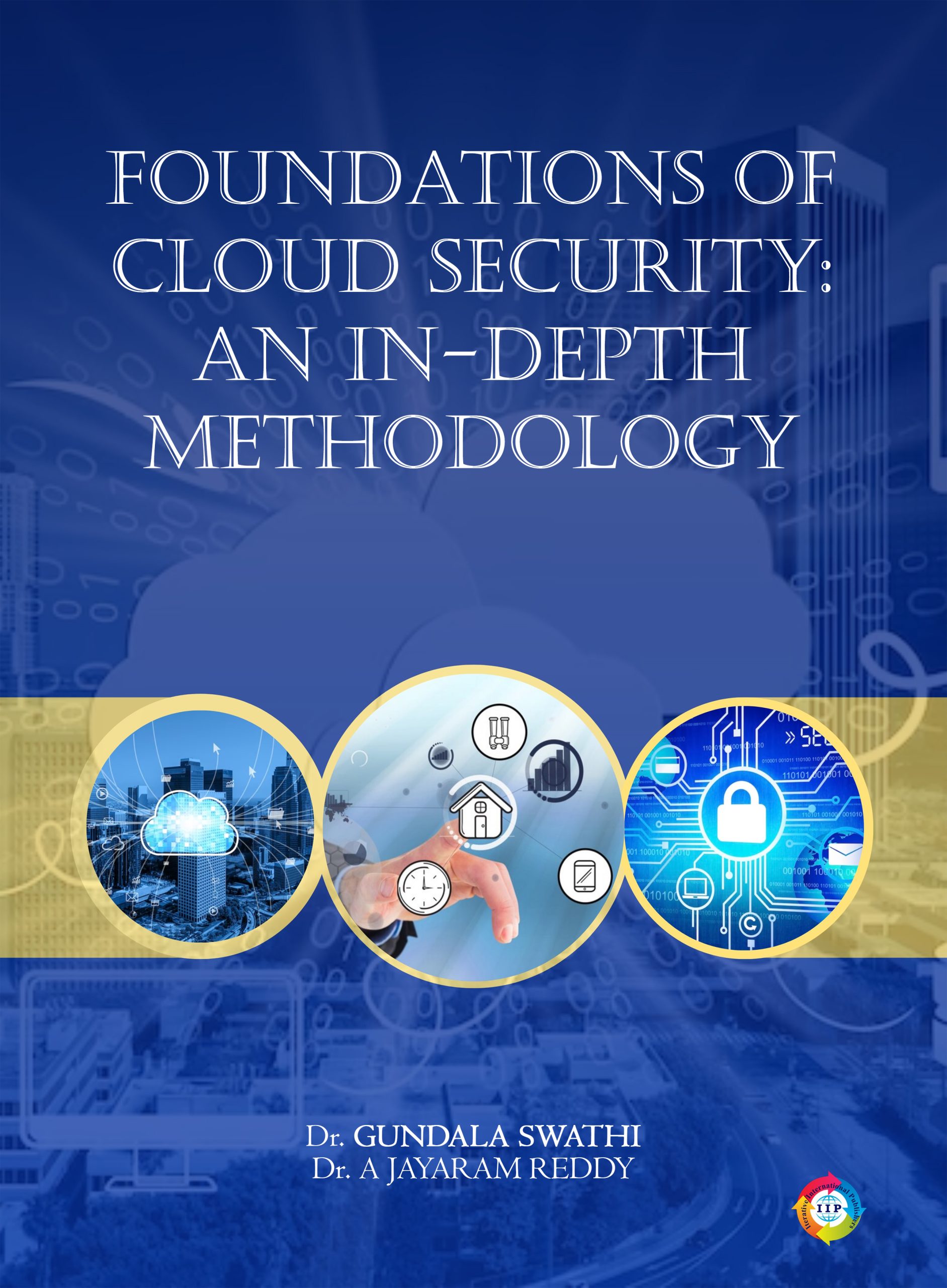
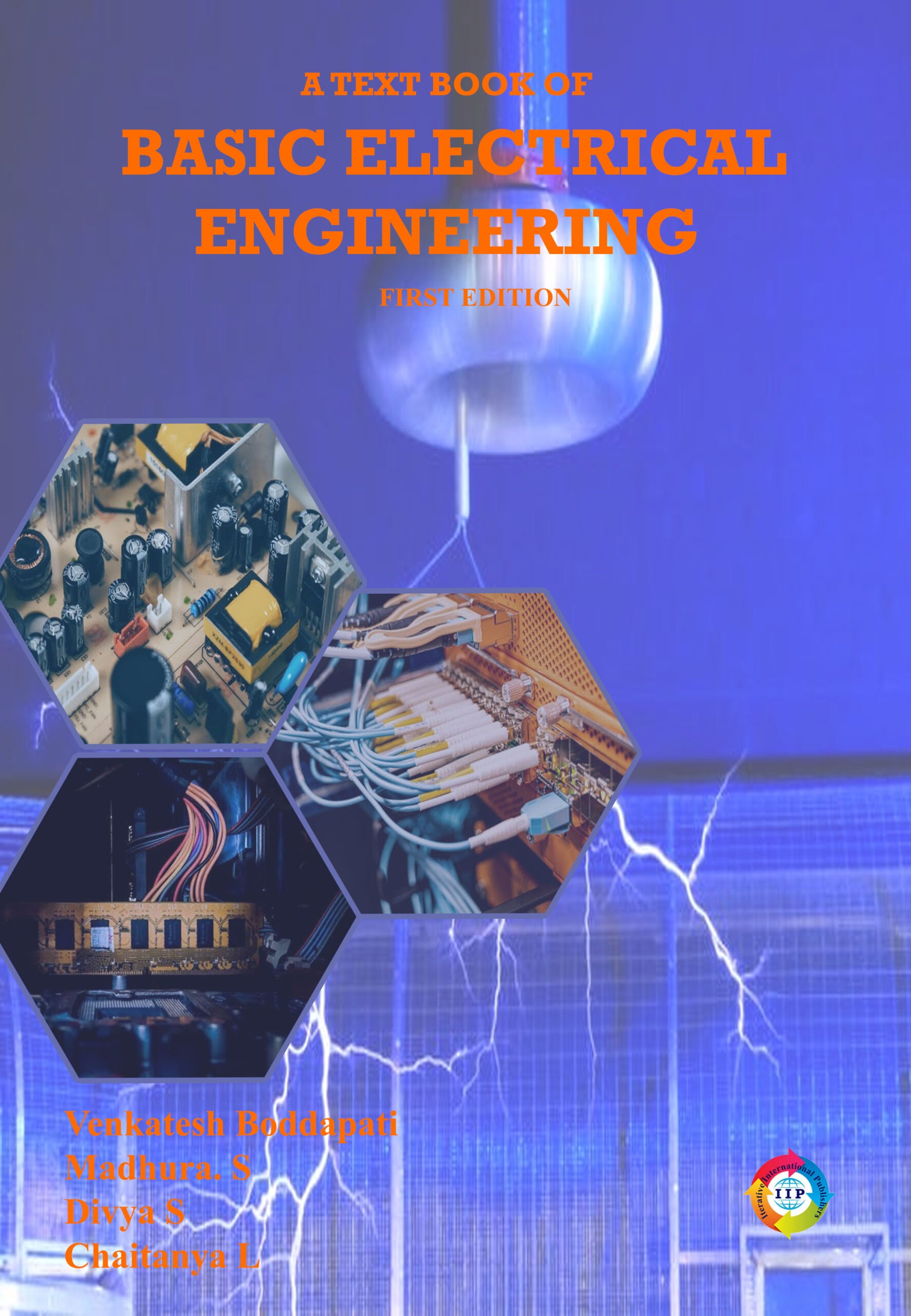
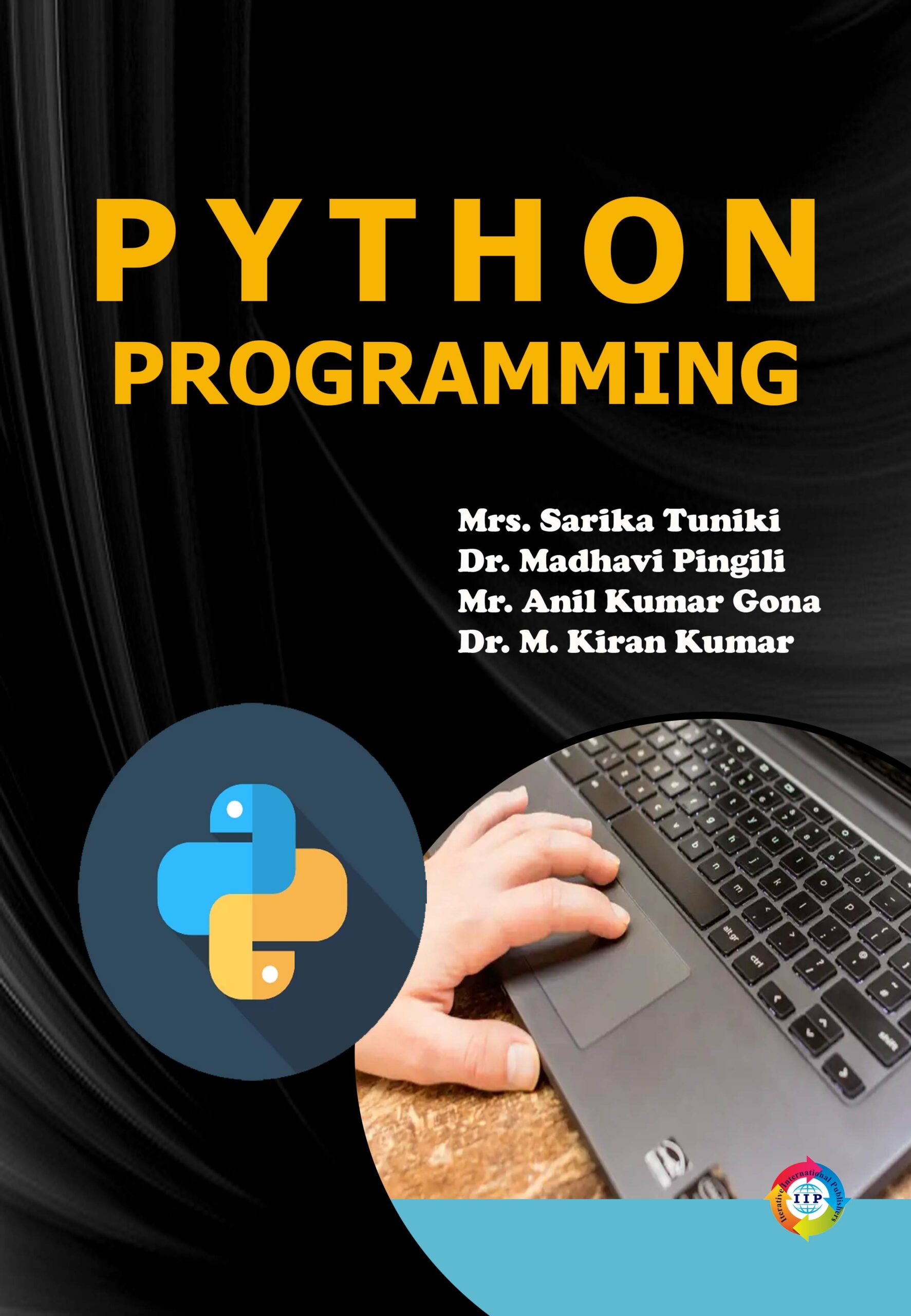

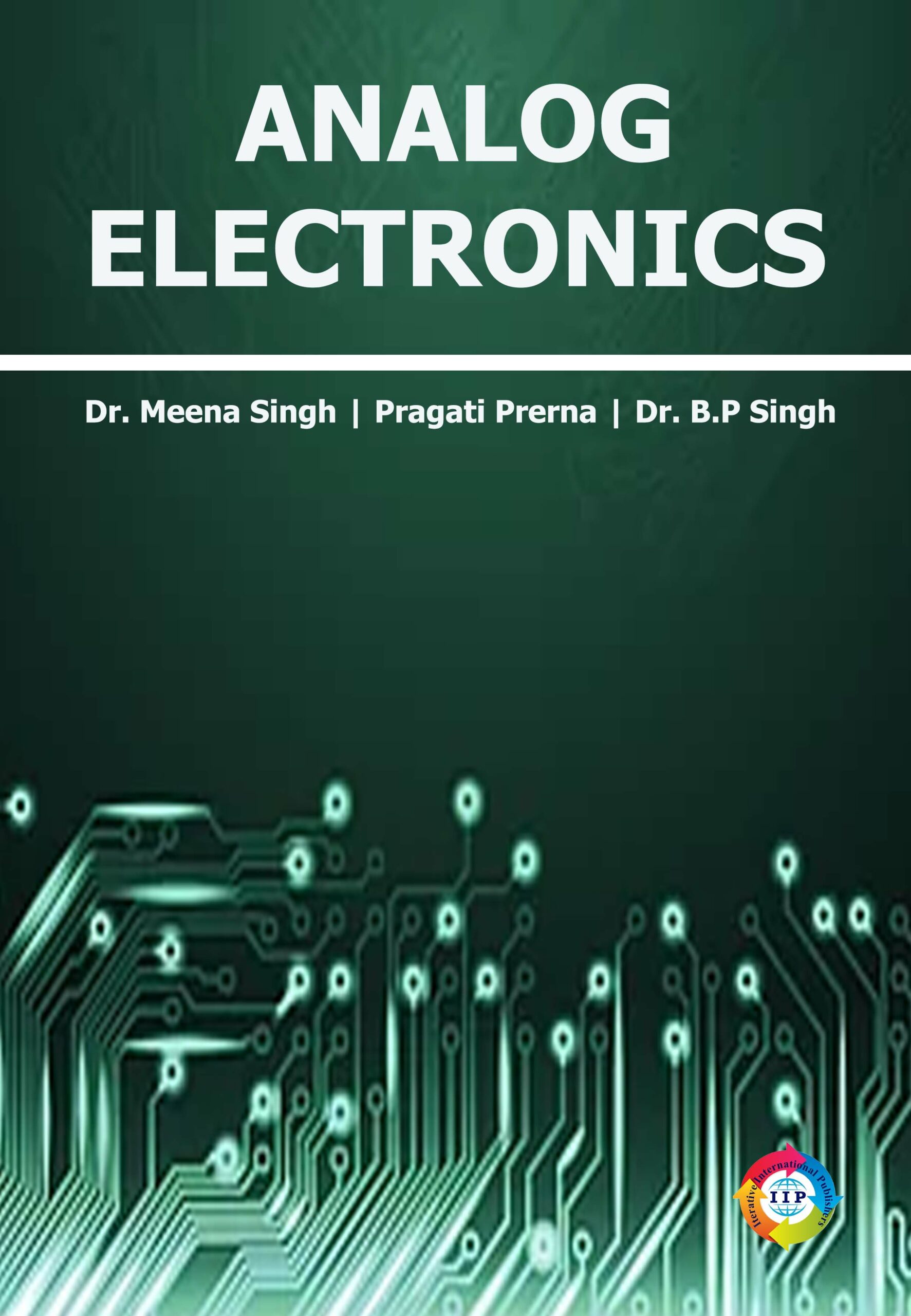
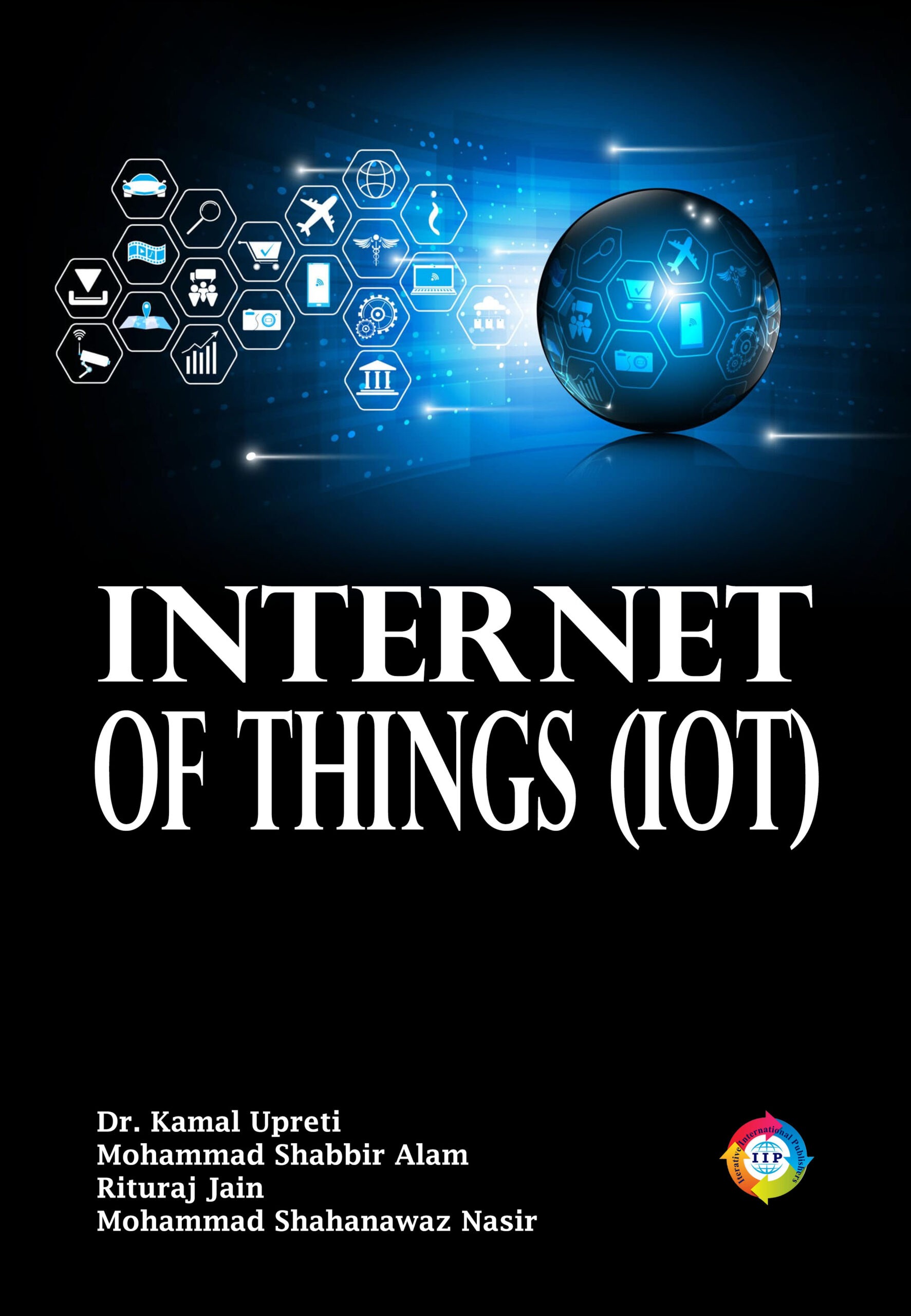

Reviews
There are no reviews yet.